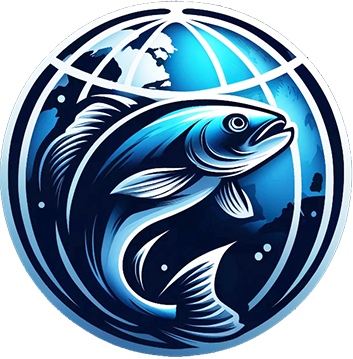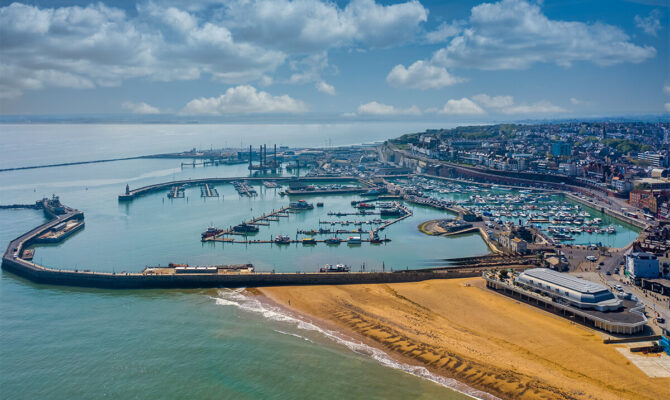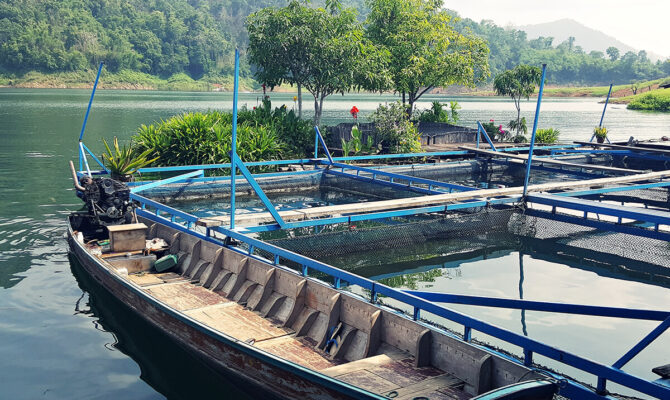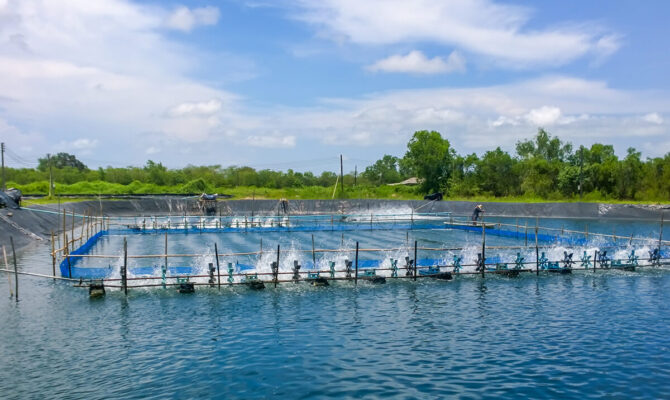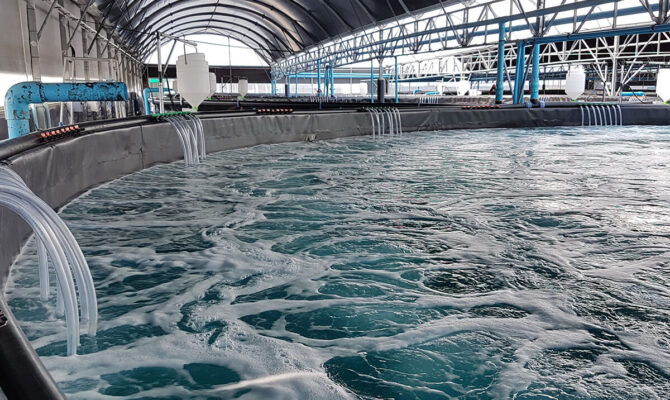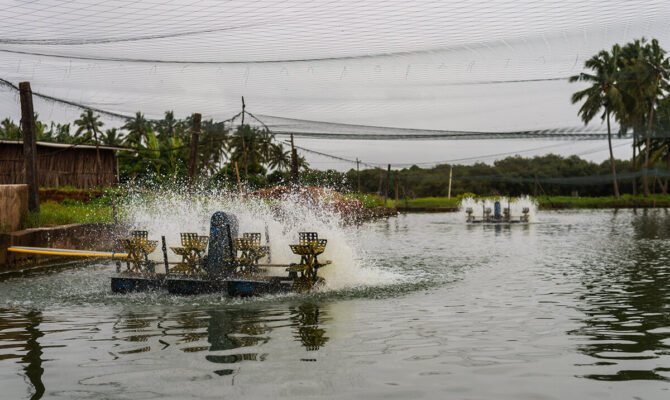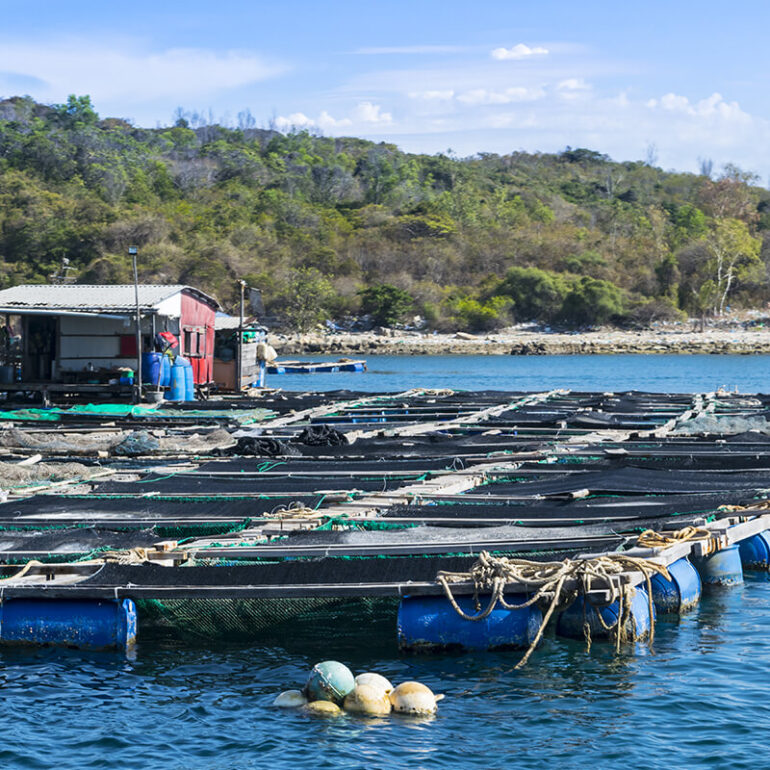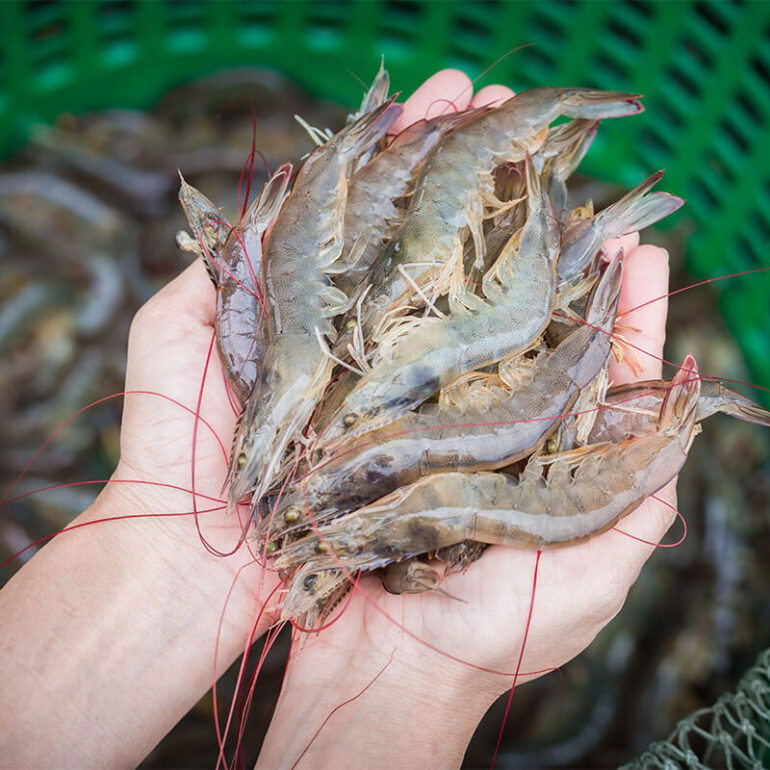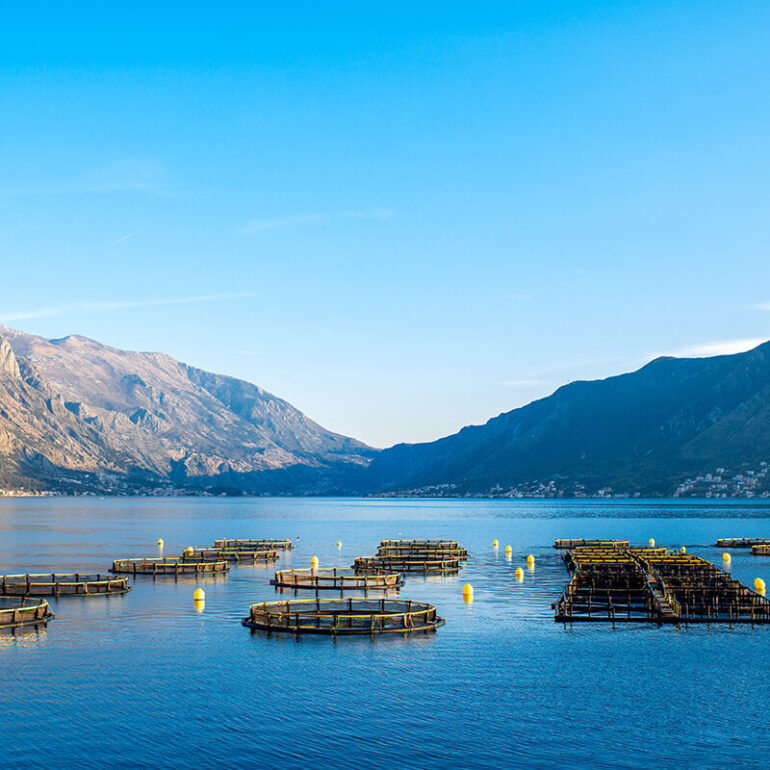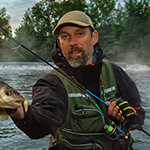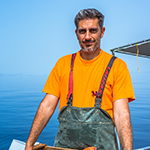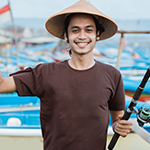Introduction to Fish Farming
Fish farming, in simple words, is an aquaculture practice that raises and breeds fish or other aquatic organisms in any controlled configuration in order to fulfill the rising global demand for seafood. This emerging development eases pressure even from wild fishes and further promotes economic development and food security. Careful planning with sustainability makes fish farming the next new game-changer in the seafood industry.
Farmable Species in Aquaculture
Aquaculture refers to the farming or cultivation of pretty much any kind of fish, and therefore caters to various markets and ecological environments. Such freshwater species include tilapia, catfish, and trout, which are also the most farmed kinds because they can grow quickly and adapt easily. For example, saltwater fish such as salmon, barramundi, and seabass are considered rich in nutrients and delicious, hence their demand in local and export markets. Shellfish farming is also part of aquaculture, for example, shrimp, oysters, and mussels. It is a major contributor to food and the environment, helping to improve water quality.
Types of Farmable Fish
Freshwater Fish |
Freshwater species like tilapia, catfish, and trout are preferred owing to their versatility and quick growth. |
Saltwater Fish |
Some such species found in salt water which have great market value are salmon, seabass, and barramundi. |
Shellfish Farming |
Shrimp, oysters, mussels, and other shellfish contribute a lot to seafood farming and provide a high environmental quality by natural filtration of water. |
Benefits of Fish Farming
Fish farming is essentially one of the sustainable seafood sources aka aquaculture systems which deals in rearing fish in controlled environments such that fish dependent on wild capture fisheries for their supply are lessened: thereby also restoring overexploited ecosystems. It provides the important economic opportunities that the industry can provide, especially for coastal areas and those regions that are relatively remote, through jobs and increased local economies. This will allow consumers to have fish sourced from monitored environments rather than from the wild, resulting in higher quality seafood that is free from contamination and diseases, increasing consumer confidence and satisfaction levels.
The Role of Sustainability in Aquaculture
Fish farming in Norway is effective when it is based on sustenance. Different forms of aquaculture, such as integrated multi-trophic aquaculture or IMTA, bring together several species to farm together, thus mimicking nature. IMTA reduces wastes and enhances resource efficiency by combining fish farming with seaweed and shellfish cultivation. Another sustainable method of fish farming is to reduce the environmental footprint for example by reducing the pollution of water, optimizing feed utilization, and generally using renewable in farm operations.
Challenges Faced by Fish Farming
Fish farming now has sustainability at its heart. Placing importance on integrated multi-trophic aquaculture, where several species are farmed together in a range of categories, IMTA is the latest. IMTA not only saves waste but also ensures maximum efficiency of resources, combined with fish farming integrated with seaweed and shellfish cultivation. Sustainable practice has measures such as reduction of footprint in environmental factors which include clean water use, utilization of feed optimum level, and renewable energy usage in farming operations.
Best Practices for Successful Fish Farming
1. Site Selection and Water Quality
Selecting an appropriate site is critical in making a farm successful. Access to clean water, having adequate drainage, and climate condition play a key role. Water parameters such as oxygen, pH, and temperature should be regularly monitored to ensure optimal growth conditions.
2. Proper Nutrition and Feed Management
Feeding the fish the best and richest feed ingredients is important for growth and health. Overfeeding should be avoided to minimize the cost of production and pollution of water.
3. Disease Prevention and Management
The biosecurity measures involved, together with disinfection and limiting access to the farm, reduce the likelihood of disease outbreaks. Immunity in fishes can also be built by practical vaccination and natural means.
4. Sustainable Farming Practices
Sustainability is vital in reducing the environmental footprint; for instance, using different species to farm fish with seaweed and shellfish reduce waste and subsequently improve productivity, integrated multi-trophic aquaculture (IMTA).
Welfare Issues in the Norwegian Fish Farming Industry
Four major welfare challenges within aquaculture management that directly relate to breeding, disease, parasites, and use of cleaner fish can be found in the Norwegian fish-farming industry. Each of these has far-reaching consequences for the health and welfare of farmed salmon and the ecosystem as a whole.
Breeding: Salmon breeds have been improved such that they now attain their full growth in twice as less time than the time they would have taken in the 1970s. The problems that have been caused by this rapid growth are highlighted in the main challenges to health and welfare pertaining to the fish. The fast growth is directly correlated to the confine of the fishes for it tends to crumple their salient body parts and results in a compromised immunity, thus, lessening the chances of survival under the conditions of farming.
Disease still poses problems even after giving development to vaccinations against diseases like pancreas disease (PD), cardiomyopathy syndrome (CMS), and heart and skeletal muscle inflammation (HSMI). There are also gill diseases and winter ulcers, which also cause pain and mortality.
Complications in managing and treating diseases also worsen the situation. For example, treatment with hydrogen peroxide for lice infestations causes even more stress in weakened fish, usually resulting in mass dying; therefore, disease management remains a very important welfare issue as far as aquaculture managers are concerned.
Parasites: Salmon lice are among the most ardent parasites of farmed and wild salmon alike. They are more than mere vectors for disease as they cause open wounds and act directly against the welfare of infected fish. Regulatory measures on lice would allow an average of 0.5 mature female lice to be present in a fish, but treatment of delousing often makes
Technological Innovations in Aquaculture
Man’s habitation of technological advances is what is futuristic in fish farming. AI-enabled monitoring systems, automated feeding technologies, and remote sensing systems are some of the highly developing technological trends putting country into trends of efficiency and less labor cost in aquaculture practices. The fish farming is coming into existence due to offshore aquaculture, which encloses farming of more fish in deep ocean waters, due to spatial and environmental constraints. This advancement provides opportunities for farmers to expand their farm size in an environmentally sustainable manner.
Aquaculture manager provides Fish farming consultant services
Aquaculture manager is a solution to a sustainable future for seafood, integrating high-tech advancements with radical innovations to surmount challenges, so that aquaculture can support world food security and keep oceans and ecosystems healthy for future generations. Indeed, fish farming has a brighter future in the next generation, and it continues to evolve as it coexists with global food security and environmental conservation efforts. Receive best fish farming services near you, Contact AquacultureManager today by email – [email protected], or call at- +47 92651838 and join the leaders in sustainable aquaculture!
FAQs of Fish farming
What is Farmed Fish?
Farmed fish are fish raised in controlled environments like ponds, tanks, or cages to meet seafood demand. Common species include salmon, tilapia, and catfish.
What is the Best Fish to Start Farming?
Tilapia, catfish, and carp are ideal for beginners due to their hardiness, fast growth, and high demand. To know more contact us
Which Fish Farming is Most Profitable?
Salmon, shrimp, and tilapia farming are highly profitable due to global demand and premium market value.
What are the 3 Types of Fish Farming?
- Pond Farming: Raising fish in man-made or natural ponds.
- Cage Farming: Using cages in natural water bodies like rivers or seas.
Recirculating Systems: High-tech tanks where water is recycled and managed.
Fish Farming for Beginners?
Start small with hardy species like tilapia or catfish. Ensure proper water quality, feed, and disease management for success.
Aqovo has done a great job taking on a challenging pond/pump system and making the very best of it. With innovative ideas to use nature rather than chemicals, they have made complaint calls.
Mosquito larva is under control, algae is under control, and most of all, the budget is under control. Thank you and we look forward to a continued relationship with Aqovo! Thank you, Aqovo!
Aqovo has been taking care of all aspects of our pond care for quite a few years, from the stocking and health of fish, to the maintenance and upkeep of the pond water and plants. Recommending!
